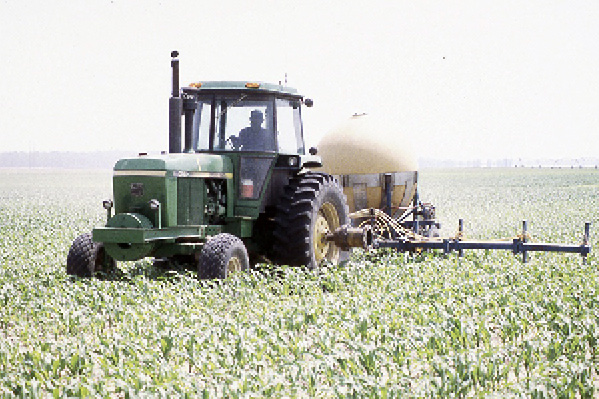A buckskin-clad hunter in a skunk skin hat slips quickly along a woodland trail. Suddenly he freezes, shoulders his flintlock rifle, and fires. As the cloud of white smoke clears, he notes the bullet has hit well. No, he’s not a frontiersman of long ago; he is a member of an emerging group of modern shooters and hunters—those who prefer to use muzzleloading firearms in the pursuit of their sport.
This publication contains a guide on how to can and preserve vegetables.


Fluid fertilizers are easy to handle and use. Movement is by pump, and they usually require less labor to handle. Some pesticides can be injected into the fluid, saving trips across the field. Fertilizers custom blended to specifications are available.
Freezing is an easy way to preserve foods. It preserves food by stopping the growth of bacteria, mold, and yeast.
Correctly frozen foods maintain excellent color, flavor, texture, and food value. Frozen berries and fruits are delicious as snacks or in other dishes.
Here are some things you will learn in this project:
This publication tells you how to collect a plant tissue sample for analysis. Remember: Plant analyses and evaluations are worthless unless you submit the proper plant part. Following are instructions as to the plant part, stage of growth to sample, and the number of plants to sample.
Growing plants in the home or office is a great way to bring the outdoors inside and enjoy plants year-round. Houseplants are popular, and a wide range of plants that can accommodate almost any indoor location are available at garden centers. Research has shown that having plants in the home or office can be good for your health and well-being.
Growing indoor plants is not difficult if proper environmental factors for each plant are met. The most important factors affecting plant growth and success are light, temperature, water, humidity, soil, and fertilization.
For Quality Frozen Vegetables
Get vegetables from the garden into the freezer as quickly as possible to preserve the quality of the food. Fresh, tender vegetables are best for freezing. The fresher the vegetables when frozen, the better your product.
First Steps
Begin most vegetables with washing. Wash thoroughly in cold water. Lift from water as grit settles to bottom of pan. Sort vegetables by size for heating and packing unless you plan to cut them into same-sized pieces. Peel, trim, and cut into pieces as directed for each vegetable.
